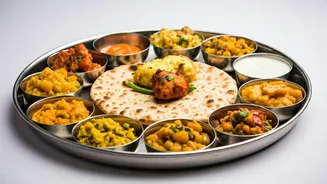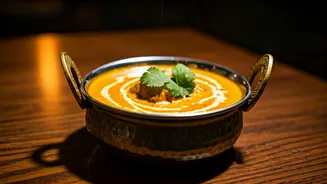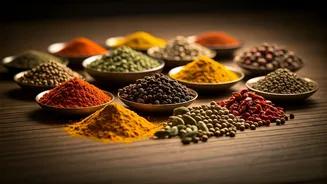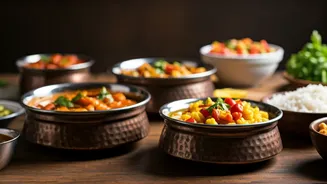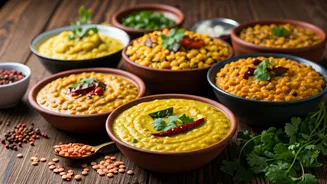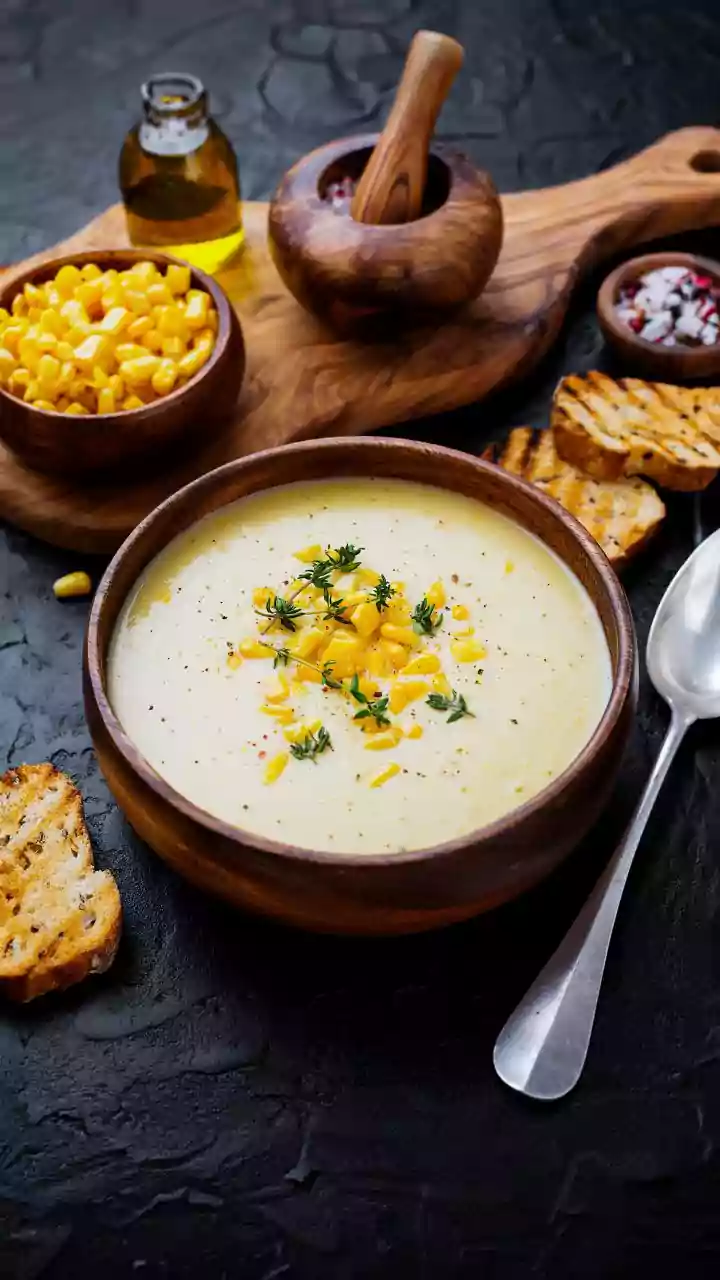Comfort Over Convenience
For many young Indians navigating the independence of solo living, family recipes have become a source of profound comfort. The familiarity of flavors,
scents, and cooking methods triggers a powerful sense of nostalgia and connection to home. In a world often characterized by convenience and fast food, the act of preparing a dish passed down through generations provides a grounding ritual, offering a tangible link to family and cultural identity. The process itself, often slower and more deliberate than modern cooking methods, allows for mindful engagement, reducing stress and fostering a sense of well-being. This return to traditional cuisine is a deliberate choice, signaling a prioritization of emotional nourishment and a rejection of the purely utilitarian approach to meals that is often prevalent in solo living.
Modern Twists Emerge
While the core of these culinary endeavors remains rooted in tradition, young cooks are also adding their own modern twists. This isn't about outright reinvention but rather about adapting family recipes to fit contemporary tastes and lifestyles. Healthier ingredient substitutions, like using olive oil instead of ghee, or experimenting with new spices and flavor combinations, are common. The emphasis is on personalization and innovation within a framework of respect for the original recipe. This reflects a desire to bridge the gap between the past and the present, creating a culinary heritage that evolves organically while remaining deeply connected to its roots. Social media platforms, such as Instagram and YouTube, play a significant role in this evolution, with many young people sharing their creations and exchanging ideas for recipe modifications.
Practicality Plays a Role
Beyond emotional connections and creative explorations, practical considerations significantly influence this trend. Many young Indians, particularly those in urban areas, lead busy lives. Learning and recreating family recipes is often a strategic choice, rooted in the desire for delicious, home-cooked food while managing limited time and resources. Homemade meals, prepared in batches or on weekends, can be more economical and healthier than constant reliance on takeaway options. The act of cooking also becomes a practical skill. It allows individuals to control the ingredients and portion sizes, making informed choices about their health and diet. The need for a readily available, familiar, and affordable food supply is therefore a key driver behind the renewed interest in these recipes, as it meets the basic need for sustenance while addressing modern life's demands.
Small Kitchen, Big Wins
The reality of living alone often means dealing with compact kitchen spaces, and this environment also impacts cooking choices. Family recipes are frequently adapted to suit the limited equipment and storage space available. The focus is on recipes that are simple to prepare and require only a few essential ingredients. Pressure cookers, multi-cookers, and other space-saving appliances have become popular tools. This constraints, far from being a limitation, have fostered creativity. Young cooks are becoming adept at maximizing the potential of their small kitchens. They develop efficient cooking techniques and embrace smart storage solutions. The focus, therefore, shifts from grand feasts to well-planned, practical, and delicious meals that can be cooked and enjoyed even within the limitations of a smaller space. These adaptations highlight the resourcefulness and adaptability of modern young cooks.
Seeking a Sense of Belonging
Ultimately, the revival of family recipes among young Indians living alone is driven by a deep human need: the desire for belonging. This sense of belonging goes beyond the immediate family, connecting individuals to their cultural heritage and wider community. The act of recreating traditional dishes is a celebration of identity. It preserves family traditions and enables the individual to actively participate in their heritage. Sharing these culinary creations with friends and online communities further reinforces these feelings of connection and belonging. Whether through elaborate Sunday feasts or simple weekday meals, family recipes become a vehicle for maintaining links to the past, building stronger emotional bonds, and creating a sense of home and belonging. This trend underlines the enduring significance of family, culture, and tradition in the lives of modern Indians.



